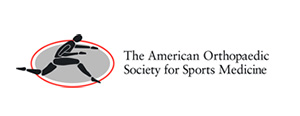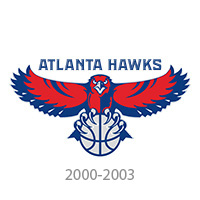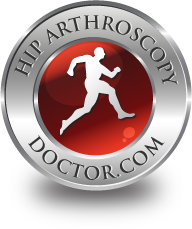
FemoroPelvic Impingement
There are three uncommon extra-articular hip impingement problems that Dr. Hyman uses Advanced Hip Arthroscopy techniques to treat.
Typical hip impingement, Femoroacetabular impingement (FAI), is typically described as occurring due to a conflict between the femoral head-neck junction and acetabular rim. The less common types of impingement are FemoroPelvic Impingement (FPI). Clinical evidence suggests that extra-articular femoropelvic impingement exists in the following three forms: subspine, trochanteric pelvic, and ischiofemoral.
Ischiofemoral Impingement:
“Ischiofemoral impingement is caused by abnormal contact between the lesser trochanter and the ischium. When the distance between these two bones is narrow (21-23 mm is common, but less than 12-15 mm may be abnormal), this form of impingement can be identified on MRI with edema in the quadratus femoris. Sometimes atrophy of the muscle is also noted. Nerve damage can play a role. Pain is often located in the buttock or deep in the hip.
Trochanteric Pelvic Impingement:
Impingement of the greater trochanter against the pelvis is uncommon but certain hip anatomic shapes can develop this problem. It may cause pain and disability in the hip joint region that is not relieved by intra-articular injection or physical therapy.
Subspine Impingement:
Subspine impingement is characterized by abnormal morphologic changes in the anterior inferior iliac spine (AIIS). This form of impingement results from abnormal contact between the inferior femoral neck with straight flexion, and it causes compressive injury of the labrum, capsule, and indirectly, the head of the rectus. In most cases, the anterior inferior iliac spine (AIIS) can cause impingement against the proximal femur. AIIS impingement may be:- developmental, the result of a prior AIIS avulsion or the result of bony prominence after pelvic osteotomy. There are different types of AIIS anatomy that can cause this impingement.
All of these conditions can cause hip pain in a variety of manners and may be treated with surgical and non-surgical methods. These conditions are not mutually exclusive, i.e., you can have more than one of them at the same time.
Resection of a prominent AIIS can reportedly improve function in patients with symptomatic subspine impingement; however, variability of AIIS morphology has raised questions regarding which variants should be treated with this procedure. To better understand how variability in AIIS morphology may affect outcomes, researchers at the Hospital for Special Surgery, where Dr. Hyman did his residency and fellowship, performed a study in which they characterized AIIS morphology in patients with hip impingement and tested the link between hip range of motion and specific AIIS variants:
- Type 1: has a smooth ilium wall between the AIIS and the acetabular rim
- Type 2: the AIIS extends to the level of the rim
- Type 3: the AIIS extends distally to the acetabular rim.
Patients with downsloping or hooked AIIS shapes, where the AIIS extends beyond the pelvic rim (type 2 and type 3) have been linked to a decrease in hip flexion and internal rotation and may be considered for decompression for AIIS variants that extend to and below the rim. These patients may be at increased risk for symptomatic impingement and may benefit from subspine decompression, whether performed via open or arthroscopic surgery.
I would like to thank you sincerely for the great care that you have provided me. I am deeply grateful to both of you and all your wonderful clinic and hospital team.
Dr. Hyman diagnosed my problem right away. I had surgery a couple of months later and now after 2 years I feel like a new person.
Since Dr. Hyman operated on my left hip I’ve been able to walk better, longer, and with better ease than I could ever imagine.
I thank God every day that I had that surgery since I have finally gotten rid of the pain that has kept me awake at night for years.
I appreciate you taking the time to educate me about my injury. I also appreciate the kindness and professionalism of the entire staff at Atlanta Sports Medicine.
Thank you so much from the bottom of my heart. For the first time in approximately a year and a half I am pain free.
I appreciate the attentive, professional care and could not envision a better experience. I truly am thankful to be under your care.







